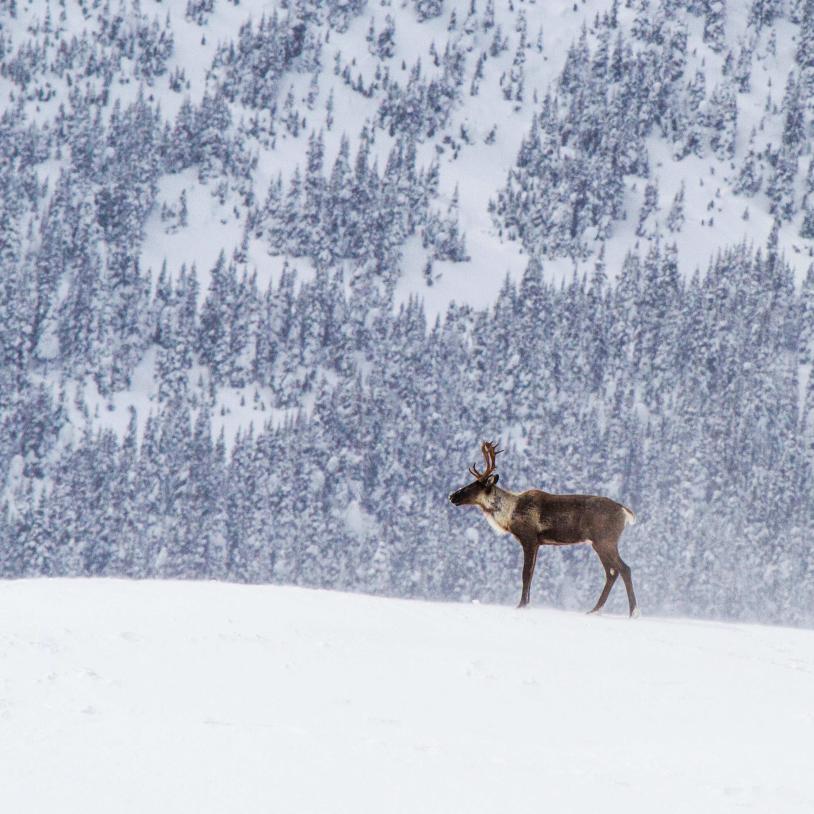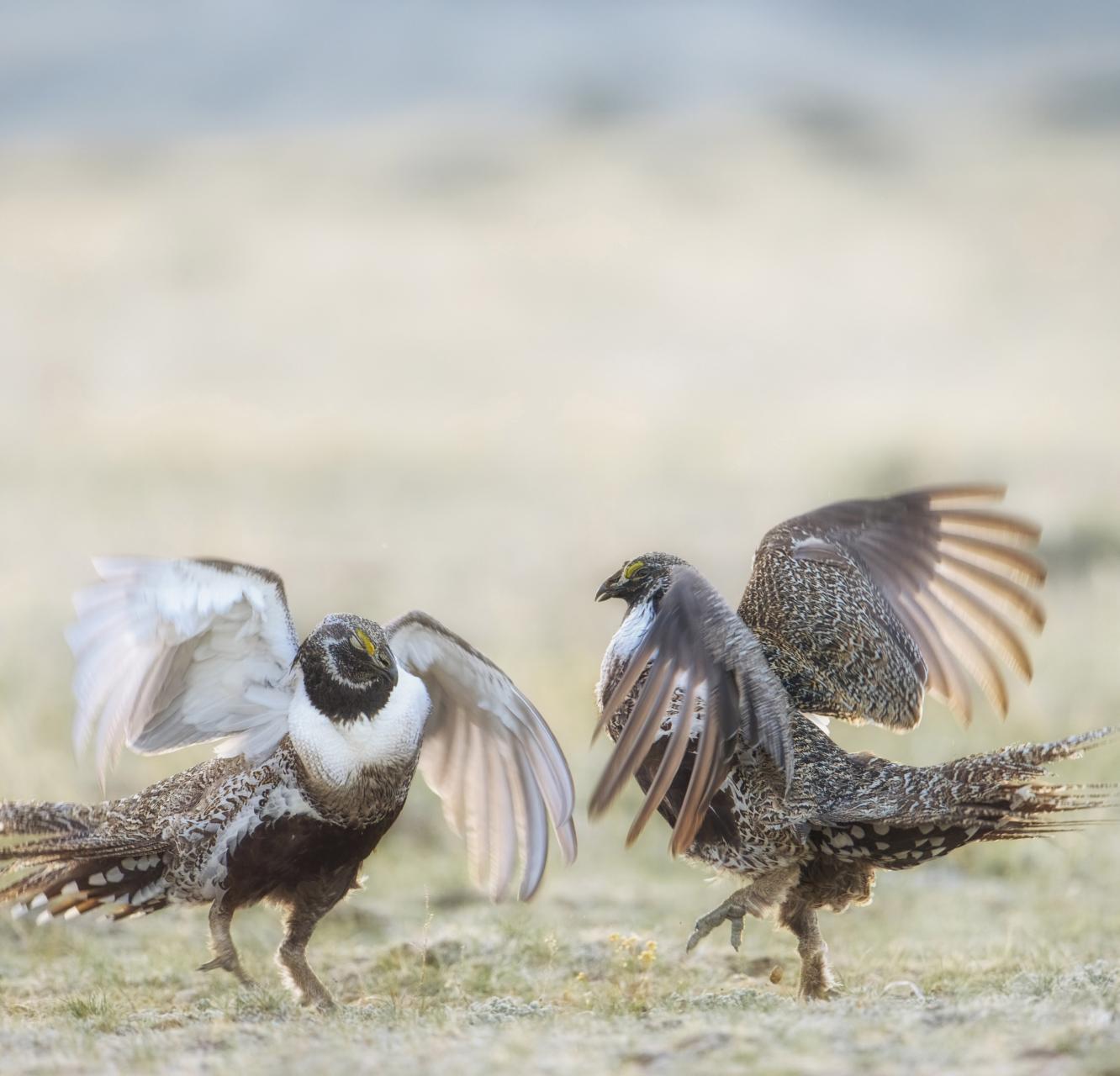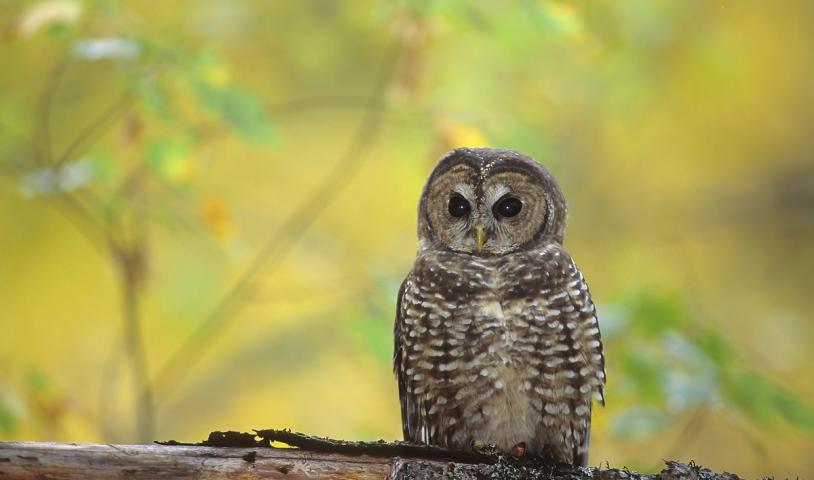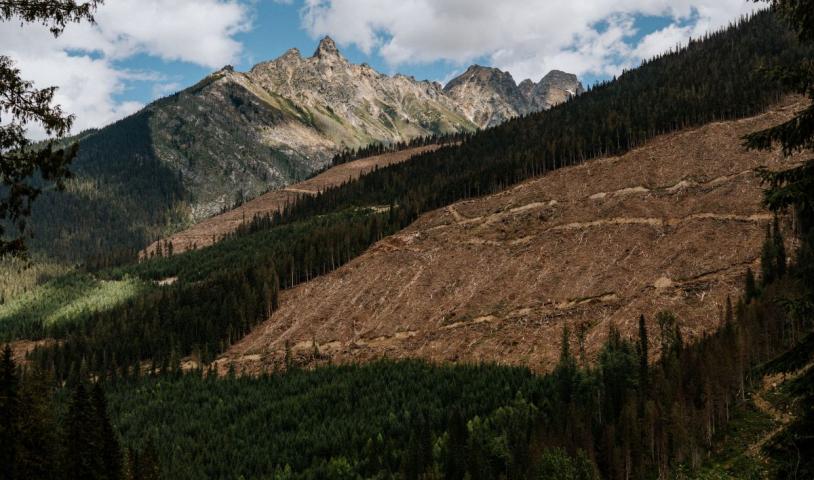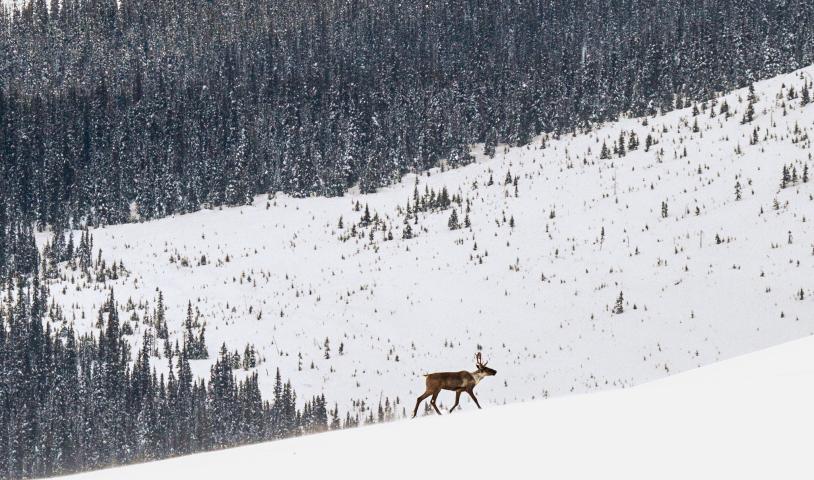Electric Grizzlies ‑ Wild Times
Wednesday, January 14, 2009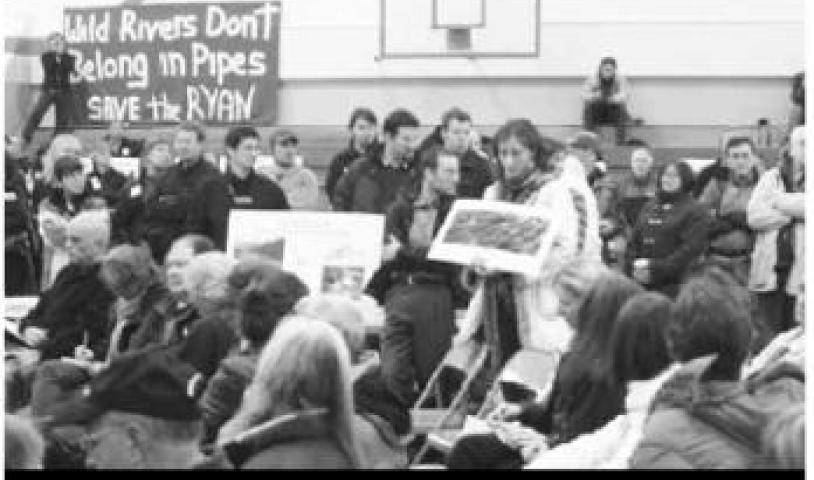
January 15th, 2009 - Read Joe Foy's Wild Times column in the Watershed Sentinel as he traces the converging routes of Grizzly Bears and power lines.
by Joe Foy
Hiking in the Coast Range of British Columbia is much like a board game we used to play as kids – Snakes and Ladders. In this game you try to navigate up ladders and down snakes through a maze of hazards and prizes.
I’ve spent many a pleasant hour marking out zig-zag hiking routes on government topographic maps whilst planning for a backpack expedition. I’d scroll a pencil line along serpentine mountain ridges, drop down into some blue line of a river in a valley bottom to follow it up into the alpine and snowfields and eventually to a pass. One thing for sure in these rugged mountains, if you want to go far you are going to need to find out where the mountain passes are and mark them on your map.
If prairie landscapes are like a pooltable, all flat with a hole here and there, then BC’s Coast Range is like a jumble of shoeboxes. Once you enter one shoebox valley, you aren’t getting out the other end and into the next shoebox valley until you find a pass. Lucky for us hikers, a pass is often where a river or stream gets its start. Follow the right stream and you’ll get to the right pass and into the next valley.
Topo maps, and lately, Google Earth, is how we people find our way up and over the passes. We do it mostly for fun.
Grizzlies do it by memory. They gain their knowledge either from being shown the way by their mothers, or by exploration. Grizz are born travelers. I figure they probably travel for fun too, like us. But the great bear also needs to move to live, to find food, shelter and of course, to find grizzly lovers to help make little grizzlies. A grizzly’s home range is huge! A female grizzly bear requires 250 to 500 square kilometres and a male requires 500 to 1000 square kilometres.
So, it stands to reason that anything that stops a grizzly from moving is a big problem. And that makes BC’s expanding network of highways and motorized wilderness access a major threat. But lately I’ve been hearing rumblings about a new threat bearing down on BC’s embattled grizzlies. Private power projects are starting to clog up bear travel routes.
You can see the problem for yourself at the website IPP Watch.
Check out the Google Earth map of proposed and operating private power projects on this website – it’s mindblowing. There are hundreds of these things in grizzly country, which all involve dams, construction roads, diversion tunnels or pipes and power line swaths. Most of the construction zones push high up in remote river valleys at the entranceways to mountain passes.
Up north of Pemberton, a recent public meeting over the fate of the Ryan River pulled over 200 concerned citizens.The Ryan River has been identified as a secluded valley important in the province’s efforts to recover the local grizzly bear population by providing them with a protected travel route through this section of the Coast Range. It was recommended in 2004 by a government-sponsored land use planning committee as a no-go zone for industrial power production. Many people attending the meeting were more than a little steamed to see a private company proposing to divert the Ryan into a 10 kilometre long tunnel, then slash a power line right of way across the nearby hillsides.
It’s not just the project currently proposed for the Ryan that’s a problem.Trace the Ryan to its source on the Pemberton Icecap, over a pass into the Elaho Valley, then over another pass into the Toba system and you will see an industrial grizzly blockade of proposed private power projects. Some, like the huge projects on the East Toba and Montrose Creeks are being built now, with dozens more waiting to pounce on grizzly travel routes.
You just got to wonder – in a province where people clearly value public power and wild rivers and grizzly bears – how did we end up with a premier so bent on lining the pockets of the private power guys at such a huge cost to the environment?
Joe Foy is Campaign Director for the Wilderness Committee, Canada’s largest citizen-funded membership-based wilderness preservation organization, which has 28,000 members from
coast to coast.
